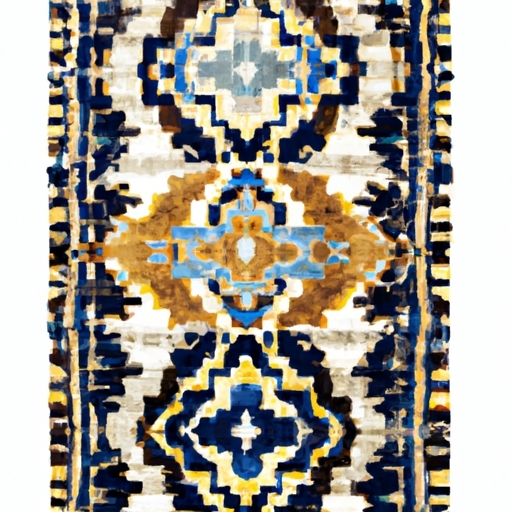
Historical Significance of Southwestern Area Rugs
what is the difference between southwestern and mexican decor
When it comes to decor, Southwestern and Mexican styles often get confused due to their similarities. However, there are some key differences that set them apart in terms of design and cultural influences.
Southwestern decor takes inspiration from the Native American tribes and Spanish settlers who inhabited the region. It is characterized by earthy tones, natural materials such as adobe or wood, and rustic elements like handcrafted pottery and woven textiles. This style embraces warm colors like terracotta, sage green, and desert-inspired hues.
On the other hand, Mexican decor draws heavily from the country's rich history and vibrant culture. It reflects a fusion of indigenous traditions with European influences brought by the Spanish conquest. Mexican design features bright colors like turquoise, red, and yellow along with intricate patterns inspired by Aztec or Mayan motifs. Talavera tiles, folk art pieces known as "Alebrijes," and papel picado (colorful paper cutouts) are popular decorative items in Mexican style interiors.
While both styles share similar elements such as wooden furniture with carved details or wrought iron accents for lighting fixtures, they differ in their overall ambiance. Southwestern decor tends to evoke a more relaxed atmosphere with its cozy textures and earthy color palette. In contrast, Mexican decor is lively and energetic due to its bold use of color and pattern.
Another distinction lies in the cultural significance attached to each style. Southwestern decor pays homage to the Native American heritage found in states like Arizona or New Mexico. It honors traditional craftsmanship techniques passed down through generations within these communities. On the other hand, Mexican decor celebrates Mexico's diverse artistic expressions from different regions across the country.
In conclusion, while Southwestern and Mexican decor share some similarities due to their geographical proximity and historical connections, they possess distinct characteristics that make them unique. Understanding these differences allows us to appreciate both styles individually for their cultural richness and aesthetic appeal.